In the middle of the Pacific Ocean lies Japan’s southernmost “island,” Okinotorishima. But if you take a look at it, your first reaction might be:

Wait… isn’t that just a rock?
Believe it or not, this tiny piece of land has become the center of international disputes, political tensions, and millions of dollars in spending. Why? Let’s dive into the surprising story of why Japan is going all out to protect this almost-sinking island.
What is Okinotorishima?
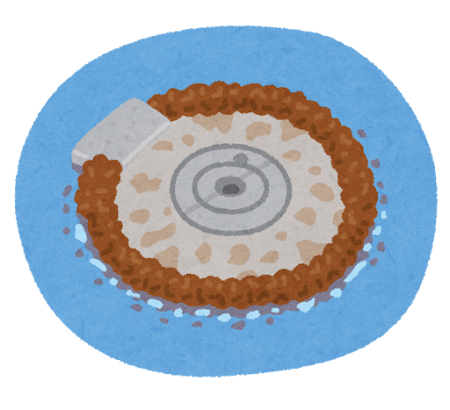
Okinotorishima is located about 1,700 kilometers south of Tokyo, even farther than the Ogasawara Islands. It’s a coral atoll that barely sticks out of the ocean—and we mean barely.
Its total area? Around 9 square meters—smaller than a singles tennis court. At high tide, it’s almost completely submerged.
Still, this tiny speck of land is officially part of Tokyo’s Ogasawara Village. Japan has built concrete structures around it to keep it from disappearing under the waves.
Why Does It Matter So Much?
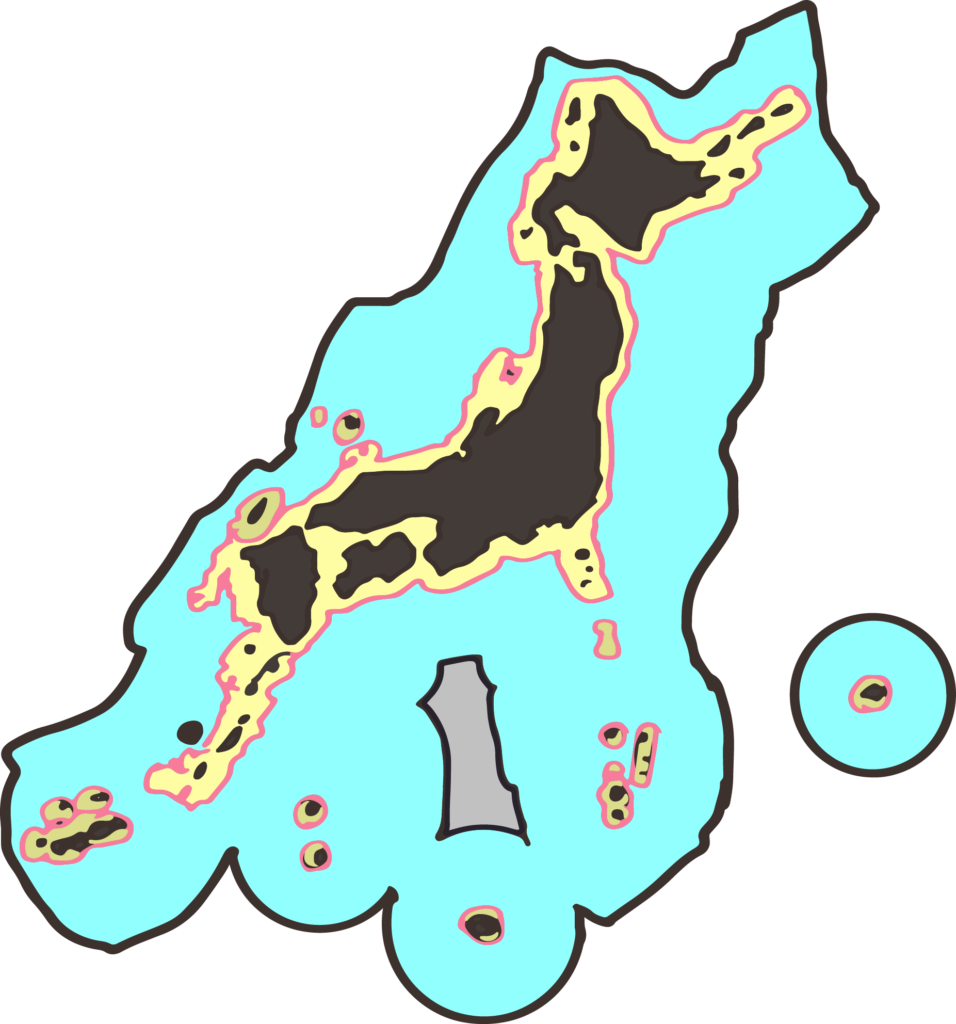
One word: EEZ (Exclusive Economic Zone).
According to the United Nations Convention on the Law of the Sea (UNCLOS), a “rock” cannot generate an EEZ, but a “island” can.
If Okinotorishima is legally considered an “island,” Japan can claim an EEZ extending 200 nautical miles (about 370 km) around it. That’s about 400,000 square kilometers of ocean—nearly the size of Japan’s land area!
This means fishing rights, natural gas, oil, minerals—anything in that zone belongs to Japan. That’s why this little rock is such a big deal.
Japan’s Full-On Defense Operation
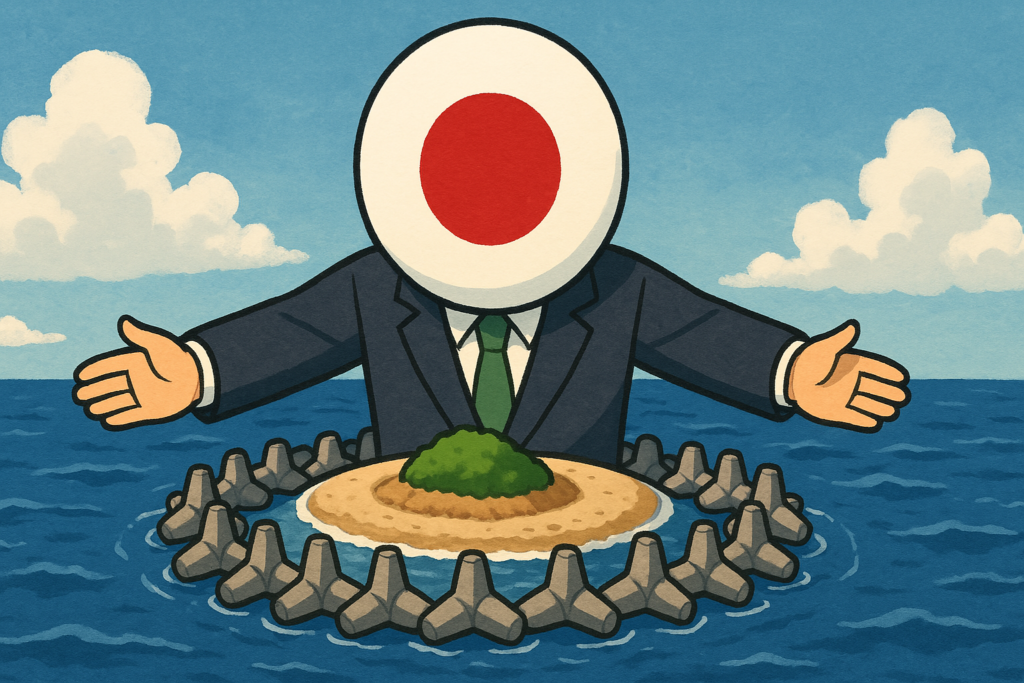
To protect Okinotorishima, Japan has taken some serious measures:
• Massive concrete barriers to block waves
• Artificial structures to prevent erosion
• Unmanned monitoring stations
• Regular maintenance and inspections
• Government funding of billions of yen per year
Yes, Japan is spending huge amounts of money to protect what looks like two tiny rocks sticking out of the sea.
What Do Other Countries Say?
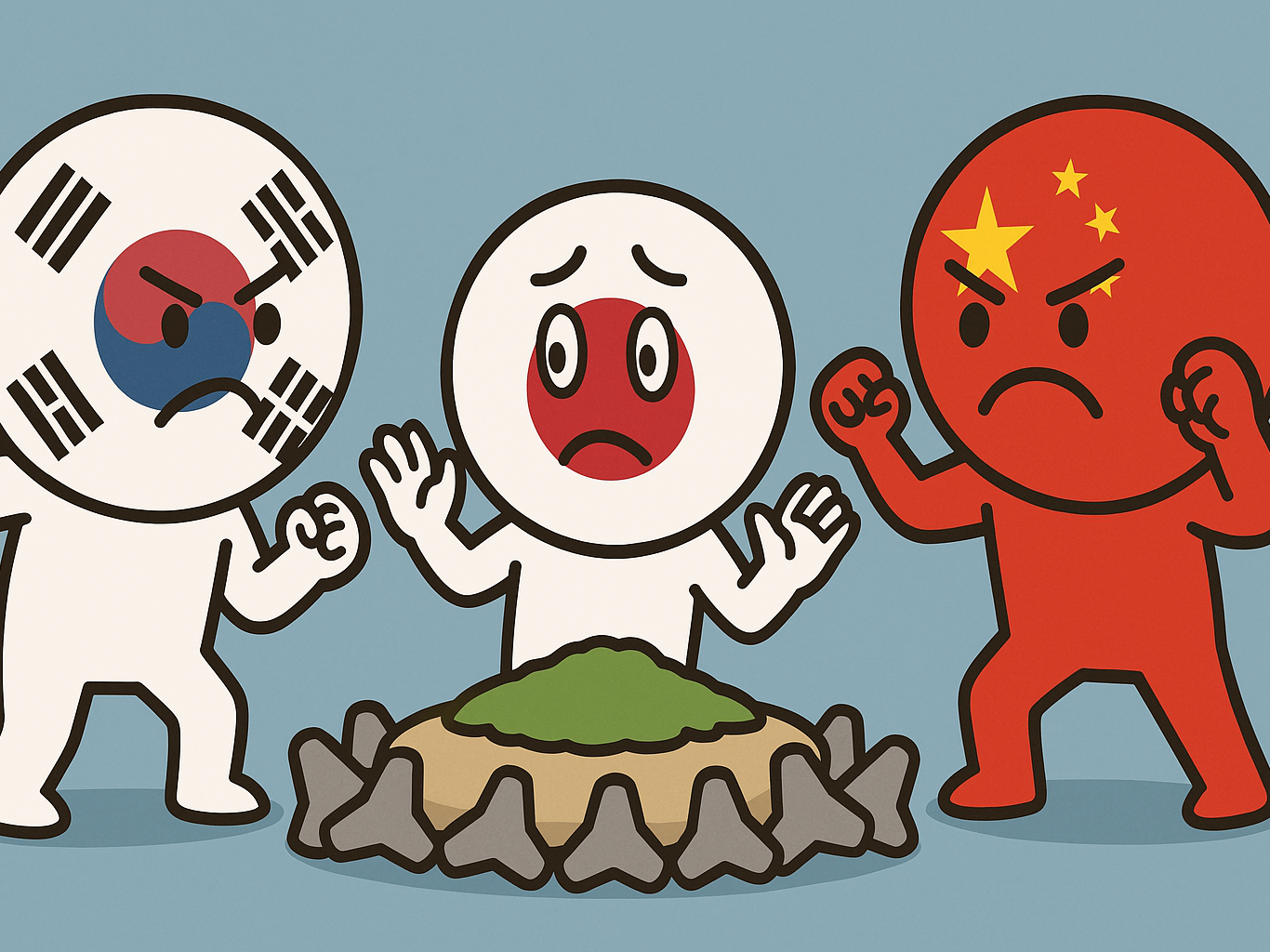
Not everyone is convinced.
China and South Korea argue that Okinotorishima is not a real island, but just rocks sticking out of the ocean. Their reasoning:

It cannot support human habitation or economic life on its own, so it’s not an island.
China has even conducted maritime surveys near the area, claiming that Japan has no right to an EEZ there. Some voices in the international community also view Japan’s claim as overly aggressive.
The Future of Okinotorishima
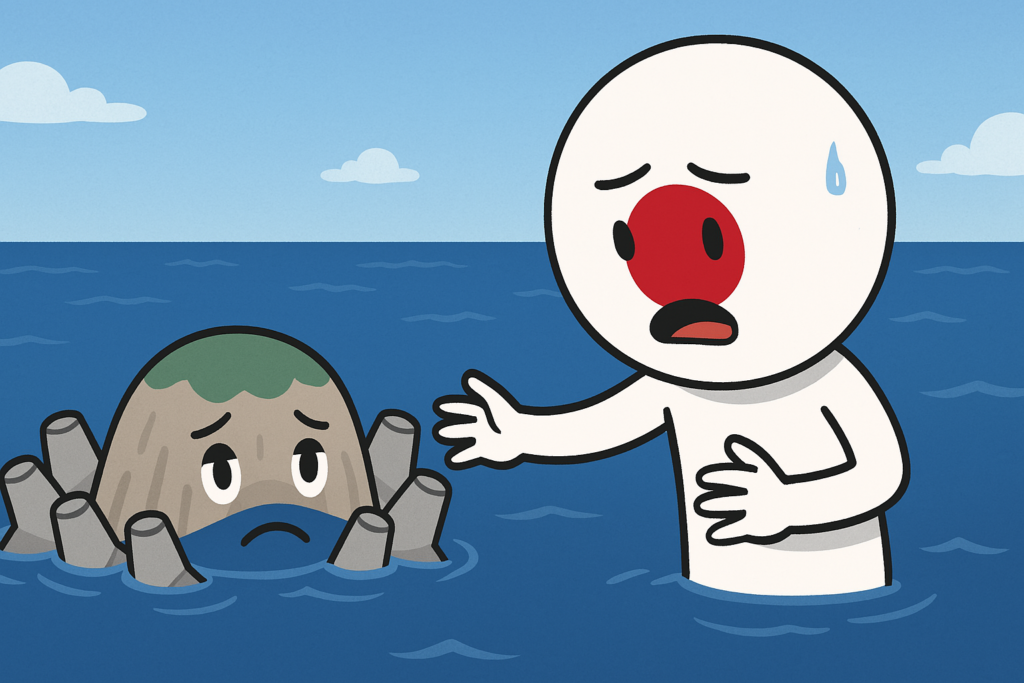
As sea levels rise due to climate change, the risk of complete submersion increases. If the rocks disappear underwater, Japan could lose its claim entirely.
Also, the legal definition of an “island” remains vague, and future international rulings could challenge Japan’s current status.
Conclusion: Not Just a Rock, but a Geopolitical Symbol
At first glance, Okinotorishima looks like nothing more than two tiny rocks in the ocean. But it’s actually a symbol of Japan’s strategic ambition, a critical point in maritime law, and a showcase of how international politics and environmental issues can collide.
A simple question—“Is it a rock or an island?”—can change the fate of hundreds of thousands of square kilometers of ocean.
Recommended Articles




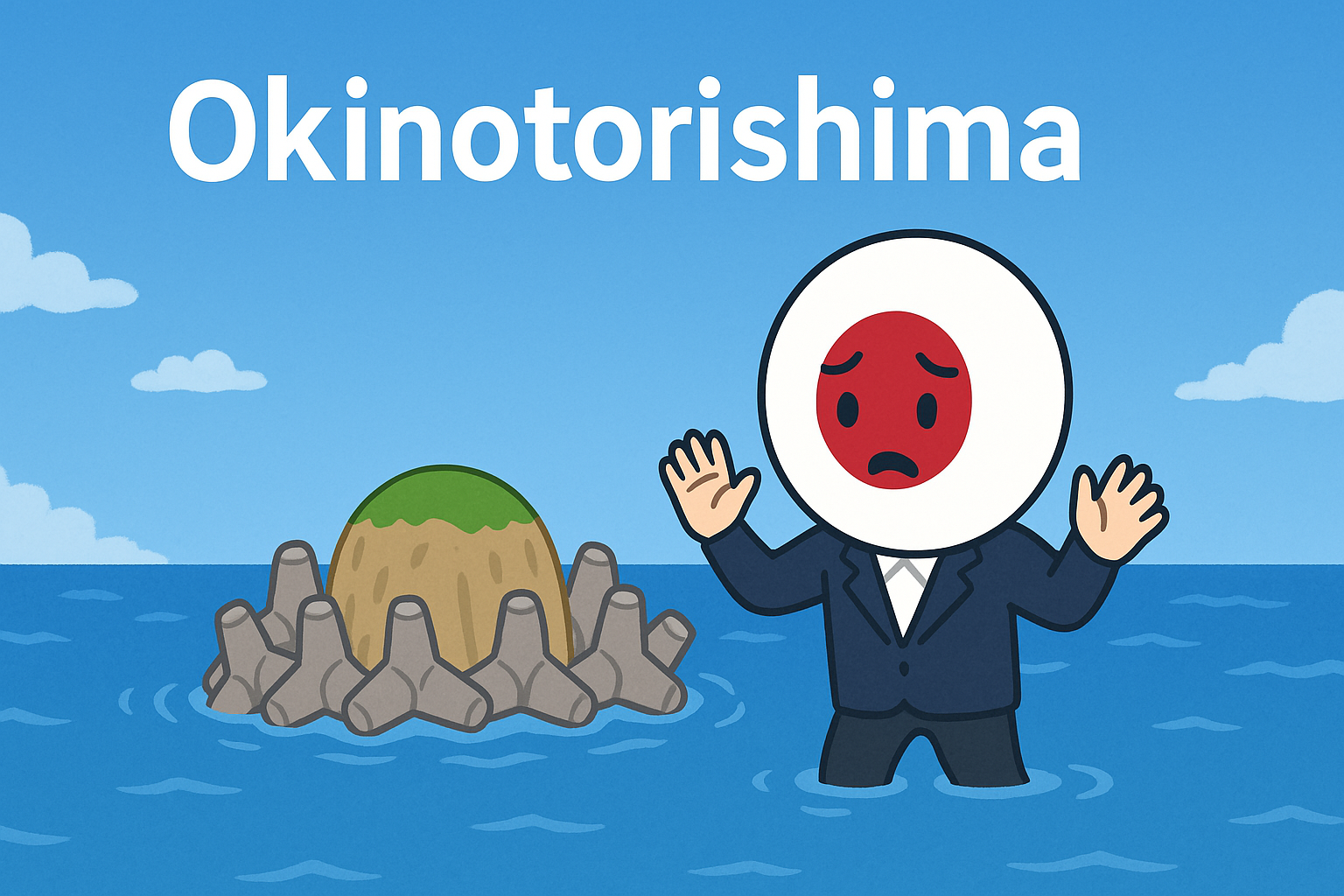


Comments